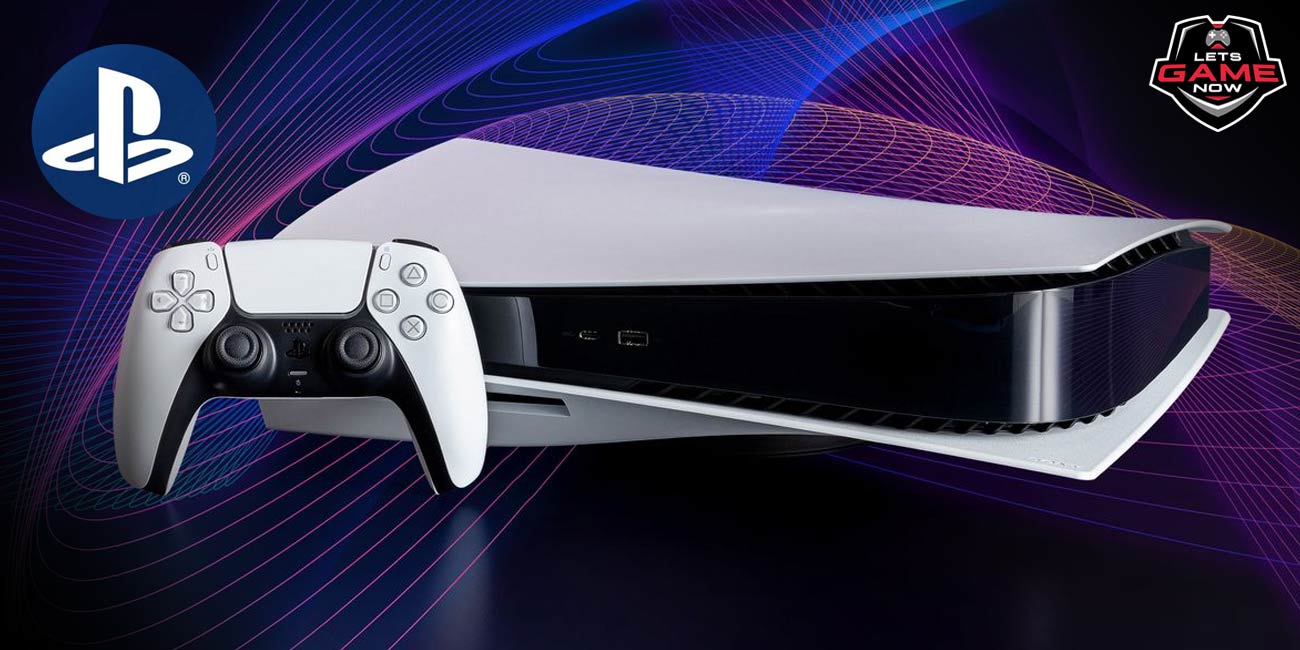


Srinanda Bhattacharyya
Oct, 17.2022
According to Sony's most recent patent filing, the corporation looks to be working on a unique frame rate correction mechanism. Technologies like FreeSync have been created to prevent screen tearing in various ways as high-frame-rate gaming becomes more widespread, while the existence of numerous standards can make things more difficult for the general user.
Only recently did Sony include support for variable refresh rate, or VRR, on all supported televisions for the PlayStation 5. Screen tearing can be significantly reduced and overall gameplay smoothness improved thanks to this technology, which dynamically synchronizes the refresh rate of the television or monitor to the console's frame rate output. However, Sony might now be aiming to enhance its frame rate technological stack even further.
A new Sony patent application suggests that the VRR support for the PlayStation 5 may eventually need to be updated. A unique frame rate correction method that makes use of scan-outs to mitigate any potential frame dips in strenuous gameplay segments is described in one of the company's most recent patent applications. The procedure entails scanning over the rendered frames produced by the GPU and making adjustments for deviations from the respective target frame rate. Furthermore, the disclosed procedure is not wholly dissimilar to Nvidia's proprietary G-Sync monitor technology since it uses frame buffers to carry out this task.
Tech-savvy gamers are aware that input latency may be a problem for Sony to address, just like it was with the company's recent patent for browser-based cloud gaming. In other words, because the proposed scant compensation mechanism is essentially layered between many frame buffer instances, it may introduce additional latency to a game that may already be having trouble functioning normally.
However, according to reports, Sony could release 30 million PS5 consoles in 2023, and the corporation is not expected to update its top-tier console with a broken frame compensation capability. Probabilities are good that any potential latency issues will have already been resolved if and when anything stems from this specific patent. The obvious problem, though, is that it's possible that this won't occur for a few more years.